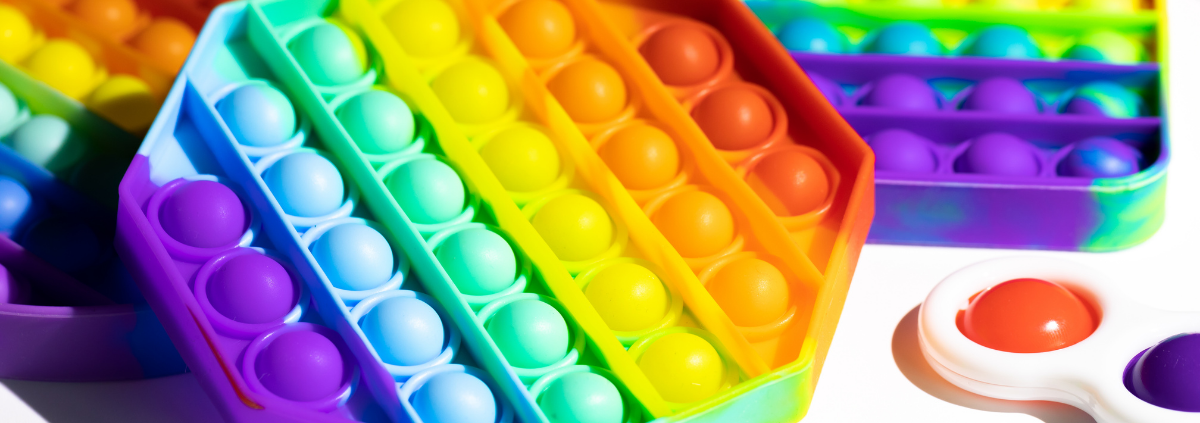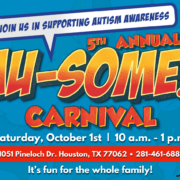Sensory Toys for Children with Autism
If you have a child with Autism, it is important to provide them with opportunities for sensory play. Some kids are more sensitive than others and may find certain textures or sounds too intense. You can help your little one adjust by giving them toys that involve touch (like sand), sound (bells), and sight( pictures).
People with autism often struggle to process information, but the way they receive it is just as important. Sensory issues can make things difficult for someone who has this condition and may need extra support in order to keep up with everything going on around them.
The five senses are experienced through play. Sensory toys stimulate a child’s sight, sound, and more to encourage their natural curiosity about the world around them in an environment where safety and comfort is top priority!
If you’re noticing that your child struggles with sensory issues, try bringing home some toys for them to play with.
What is sensory sensitivity?
Some children are born with special needs that affect their senses. One type of sensory issue is hyper-sensitivities which means they experience too much stimulation; another form, hypo-, accounts for decreased sensitivity to some stimulus like sound or taste. Either way you look at it these kids can be overwhelmed by what seems like harmless touches!
Sights * Sounds * Smells * Tastes* Touch * Balance * Body Awareness
What is Hypersensitivity?
Children who are hypersensitive react to stimulants in a way that can be overwhelming for them. This is often called “sensory overload,” and its cause has been found to be related to extreme stimuli like bright lights and strong smells.
There are many ways to help children who may be hypersensitive and overwhelmed by sensory stimuli. One way is through occupational therapy, which helps those with disorders such as this kind of excessive response from their senses (sight or smell).
What is Hypo-sensitivity?
Hypo-sensitivity in children on the spectrum refers to their responses to senses and stimuli. Children with Hypo-sensitivity often under-respond to senses and stimuli. This condition affects many facets of their life including their response to pain, coordination, and motor controls.
For children who are hypo-sensitive, there are a variety of accommodations that can be made. These include weighted blankets for touch, strong tasting or textured foods for taste, as well activity practice for physical skills such as dancing, jumping, running, and catching, which will help them develop more normal behavior patterns in the future.
How do sensory sensitive toys help those with Autism?
The use of sensory toys can be a great way to help those with autism spectrum disorders (ASD) learn how to relax, focus and calm down. The different sounds or textures that these items provide will allow them time away from whatever is bothering him/her. Learning to use these toys can help your child learn how to play more naturally over time.
Toys that stimulate the senses are a great way for children with autism to engage and learn about their world. Using these types of playthings can help them focus better, calm down quickly when they’re excited or angry, relax more easily after an experience where things were scary/tense, etc. Sensory sensitive toys help develop imagination skills by creating new stories based on what was seen and heard (sounds).
Top Sensory Sensitive Toys for those on the Autism Spectrum:
While it may seem like there are an endless number of options when looking for sensory toys and gifts, below is a list that you can use as a guide. These types may be best suited to help those with autism spectrum disorder learn about their environment or deal better in social situations.
Sensory Mats: Sensory mats are great toys for children with Autism. These small mats utilize a different texture for each piece. Children can then use their hands or feet to feel and play with the different types of textures.
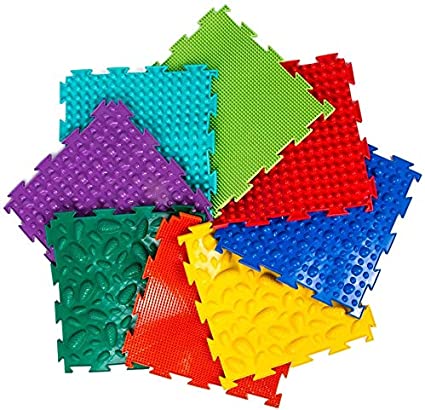
Chew Toys: We all know that when we’re anxious, our brain sends out signals to find something calming. For some children with special needs who are constantly bombarded by incoming information and difficulty filtering what’s relevant or important in life; this can result in an overactive temperament which means they’ll chew improperly–on clothes, objects or sometimes even themselves. These oral sensory toys can help lessen the need to chew by providing proprioceptive input that some children may seek out.
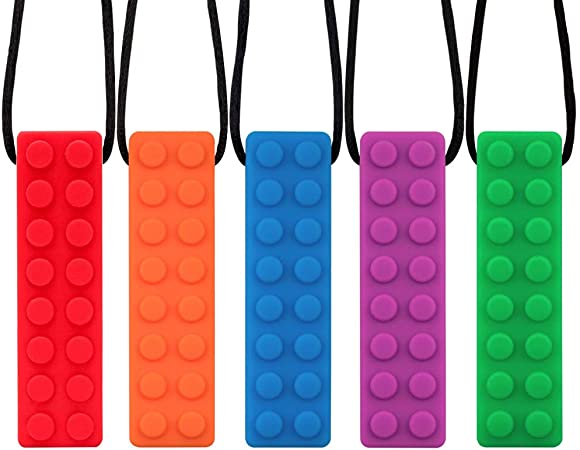
Sand, Slime, or Putty: If your child is tactile defensive, the perfect items to introduce them would be putty, slime, and sand. Other benefits that come along with playing with these toys are improvements in their sensory perception as well as fine motor skills and creativity.
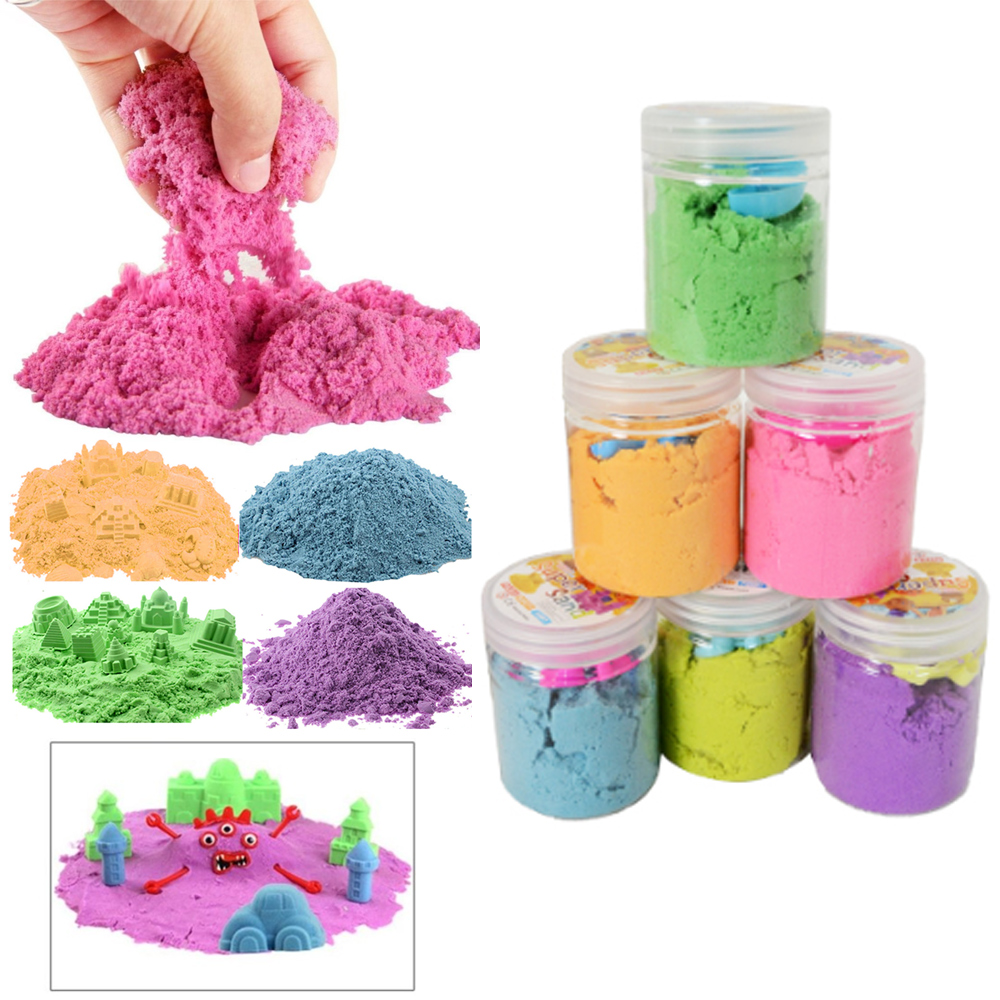
Pin Art: When you touch these 3D pins, it’s like magic! This toy can soothe a child when they are feeling overstimulated. It also provides creative inspiration for children in the learning area with special needs and is great as an interesting positive reinforcement tool during therapy sessions.

Rainmaker Toys: With its calming sounds and bright colors, the rainmaker is an excellent toy for children with autism to help them relax when playing or listening. The rushing water that falls from beads also has multiple benefits including helping kids engage all their senses in one experience without being overwhelming at any point!
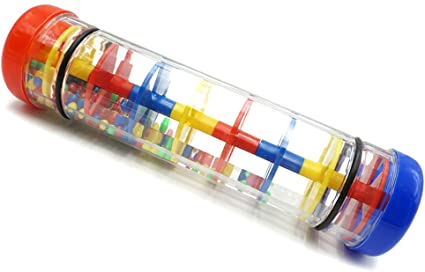
Fidget Spinners: These toys are great for children with autism, ADD or ADHD. The fast and smooth rotation of the spinners keeps their hands occupied which helps them focus on what you want to teach them! This is a toy that will fit any age group; from toddlers all way up until teens – so there’s something here no matter how old your kiddo gets. Make learning easier by keeping those little fingers busy!
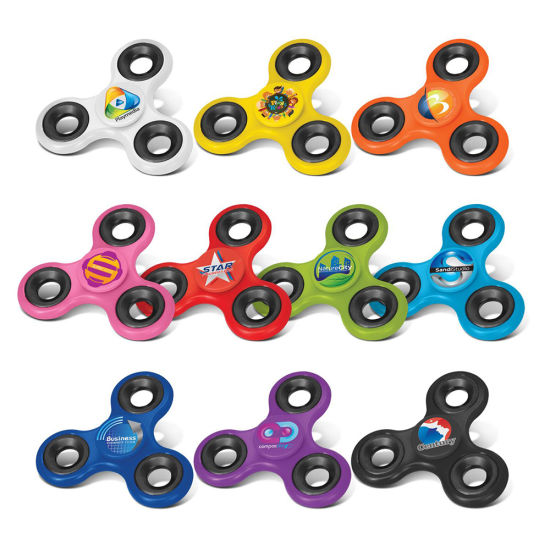
Senseez Vibrating Cushion: Help your child feel safe and secure with the soothing vibrations of this cushion. It’s designed to be used while they’re playing, sleeping or just sitting in one spot! Recently research has shown how vibrating sensory toys can improve verbal initiations by kids- compelling them into social interaction.

Body Sox: This amazing interactive toy helps children to relieve their anxiety and relax by putting themselves into a colorful, see-through sock. For those with autism spectrum disorder (ASD), pressure on the skin is found to help reduce stress symptoms when it’s used in this type of garment which has been especially designed for them!
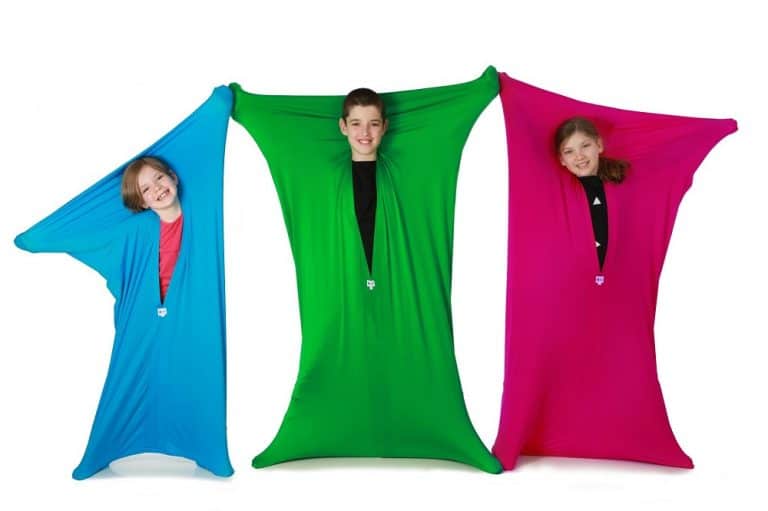
Reflective Balls: These sensory reflective balls are made of a durable material that can withstand even rough play. They’re perfect for developing your child’s sense of sight, as research has shown these toys help those with ADHD and autism retain more visual information than other children!
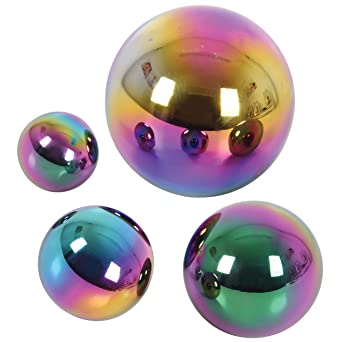
If you have a child with autism, it is important to provide them with opportunities for sensory play. Some kids are more sensitive than others and may find certain textures or sounds too intense. You can help your little one adjust by giving them toys that involve touch (like sand), sound (bells), and sight( pictures). These types of toys will stimulate their senses in a way that is calming and manageable. At the same time, it’s crucial to keep in mind that every child is different. What works for one might not work for another, so be sure to observe your child and see what they enjoy the most. Contact us for enrollment information!
Have you tried any of these tips? Let us know in the comments below!

